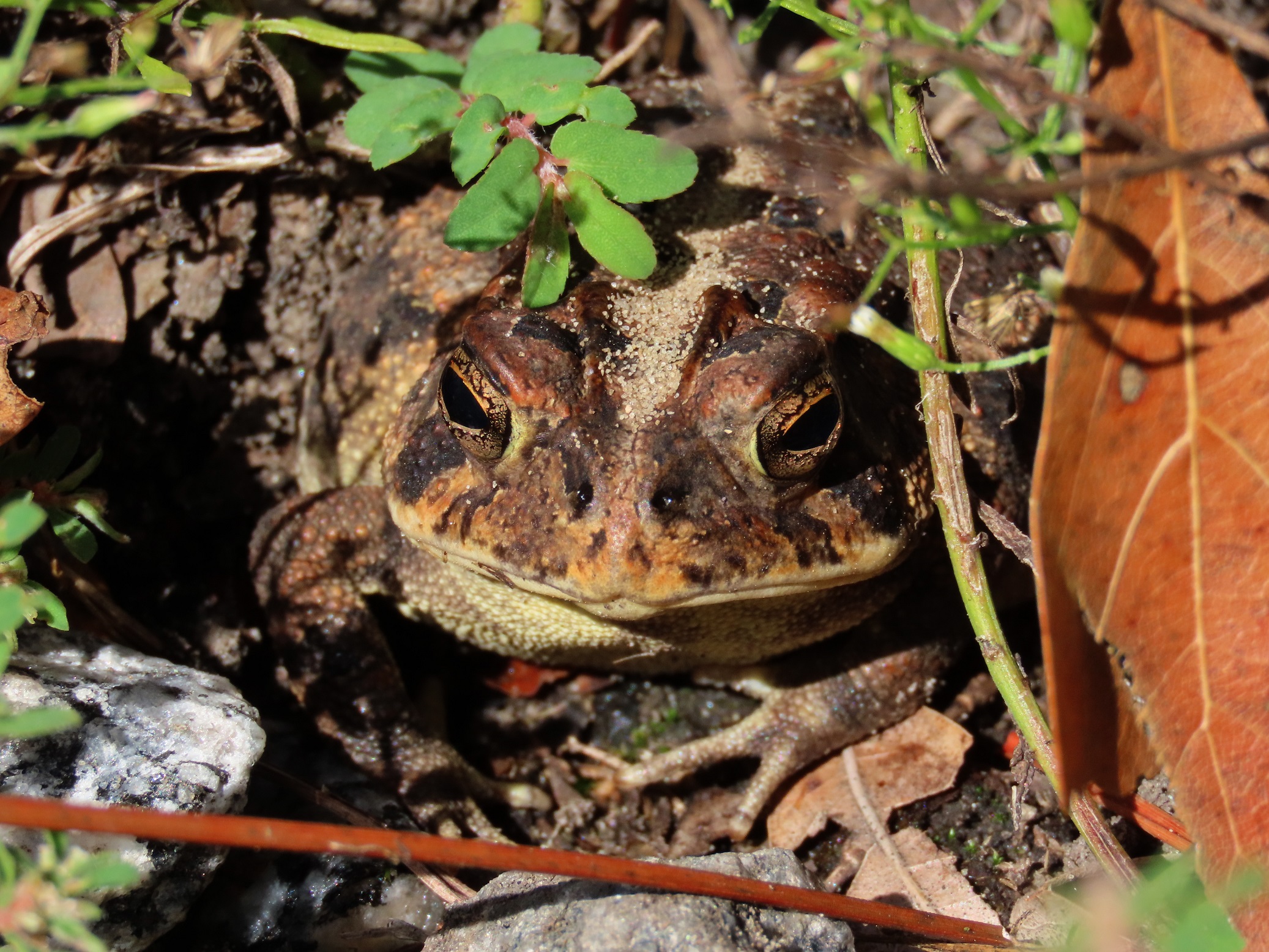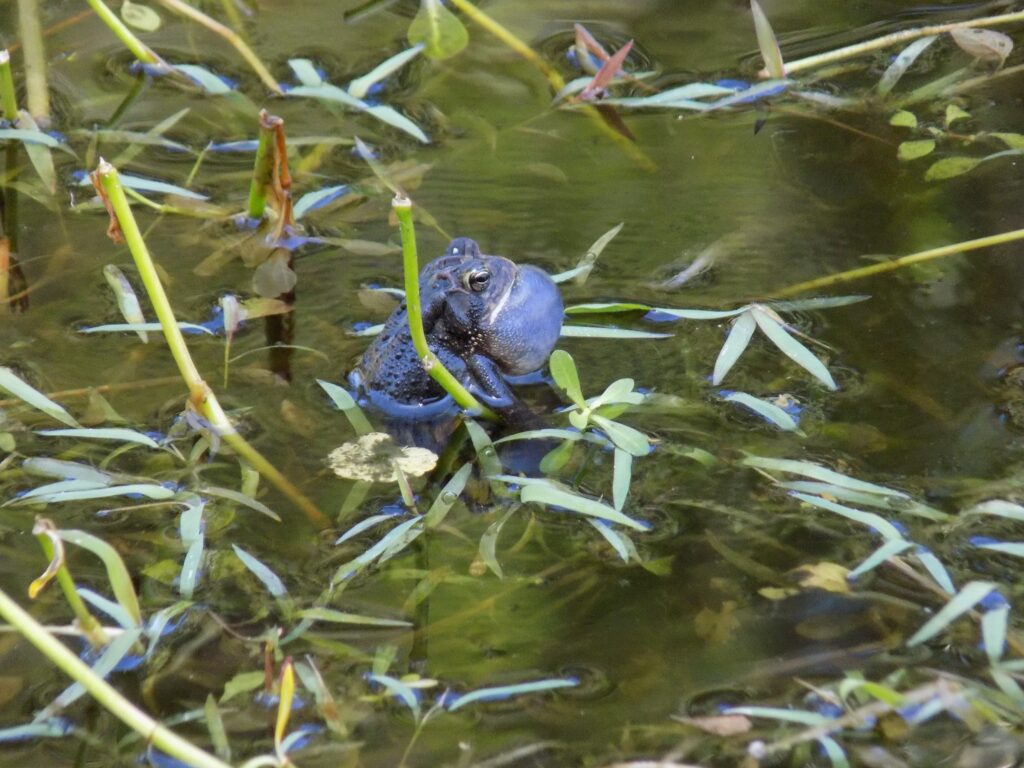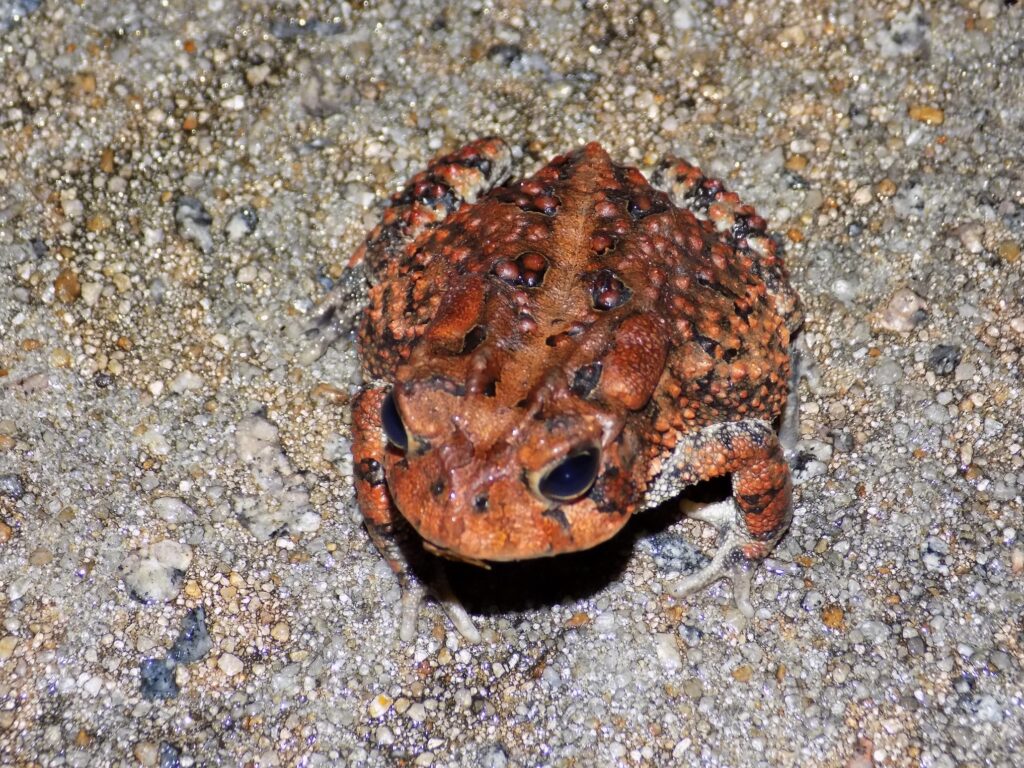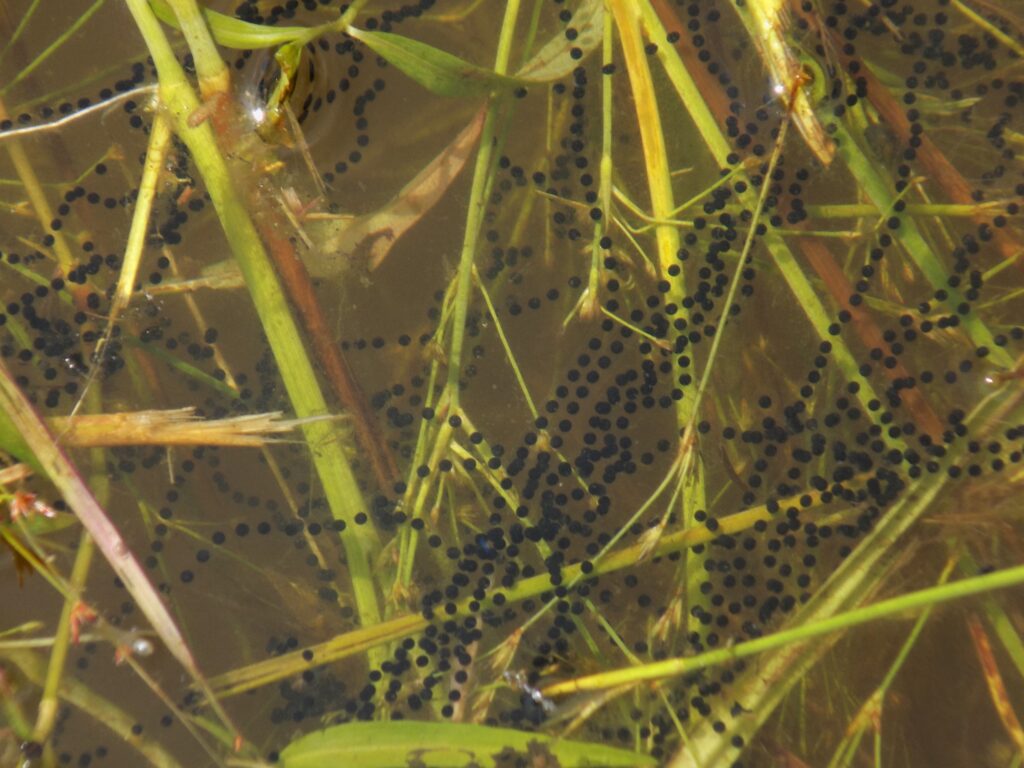




This week for Flora and Fauna Friday it’s the hoppinest amphibian this side of the Savannah, the Southern Toad (Anaxyrus terrestris).
The Southern Toad is one of four species of Toad found in our state. Of those four, the American Toad (A. americanus) and Fowler’s Toad (A. fowleri) are fairly similar in appearance to the Southern Toad but only found in the upstate. That leaves the Oak Toad (A. quercicus) as our only other Lowcountry Toad. However, those are found almost exclusively in sandy pine forests and are significantly smaller with a prominent yellow dorsal stripe. This leaves our Southern Toad as an easily identified and ridiculously common amphibian member of our Lowcountry fauna.
The Southern Toad is generally two to three inches in length with warm-brown skin mottled by darker spots that are studded with warts. Yet, their skin tone is highly variable and takes on any shade between brick-red, straw-yellow, concrete-gray, and mocha-brown. They have stumpy legs and a squishy, potbelly appearance. Their brow is strong and their mouth wide, sandwiching their large eyes between. Eyes with horizontal pupils and a gold-leaf iris. Their skin is thick, dry, and textured rather than the gossamer, smooth, and clammy skin of frogs. This allows them to better retain water and live in far drier habitats. Southern Toads can be found throughout the Lowcountry in a wide variety of habitats. However, Toads are still dependent on external moisture and high humidity to survive and they require standing water to spawn.
Males Toads are smaller than females by a considerable degree and can be identified by their dark throats. That distinctive throat hints at its extra ability. Male Toads, like frogs, have an expandable throat that they use for acoustic amplification. When singing, their throat inflates like a balloon as they spew their rolling droning tone along the water’s shore. Southern Toads are known for spawning in mass groups in late spring following a heavy rain that was preceded by a dry spell. Hundreds of Toads will congregate in the nearest ditch, pond, or wetland at dusk and summon a deafening chorus that lasts for hours, with waning encores abounding the rest of the week.
Southern Toads are mainly nocturnal and burrow under logs or leaf litter during the day. They are predatory and subsist off a diet of invertebrates. They catch their meals with their extendible, sticky tongue. It’s not a very long tongue but they can move it at impressive speed, lunging their body forward and flinging their tongue in a whip-like motion. Conversely, Southern Toads are an important food source for many of our terrestrial predators. They are a staple in the diet of snakes and herons. However, Southern Toads are also poisonous, which provides some protection against predators. Their poison is concentrated in their paratoid glands. These are the two kidney bean shaped lumps behind their eyes. When agitated, Toads will secrete a toxic substance from these glands onto their skin in an attempt to poison and deter predation. They’re harmless to humans when handled. Just don’t rough one up and then lick your fingers.